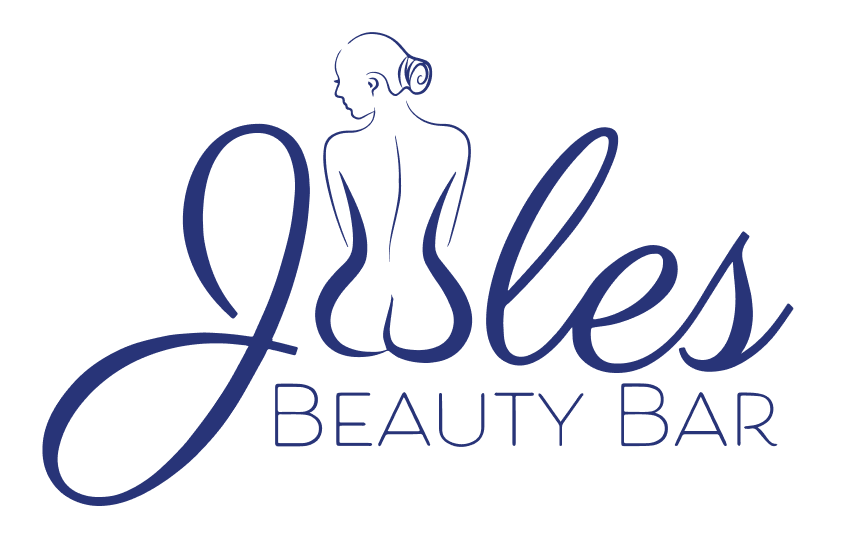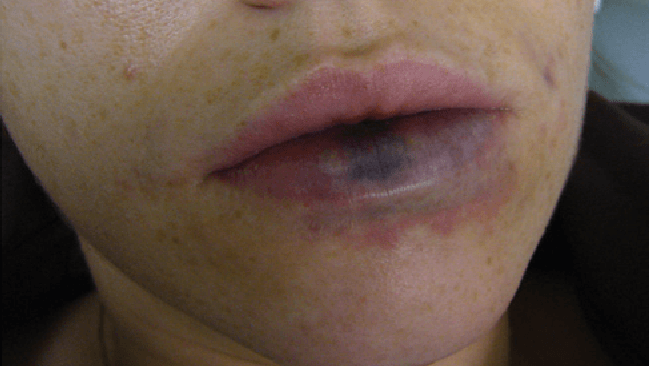Dermal fillers have become a go-to solution for those looking to volumize and sculpt their features, offering a range of benefits that have made them incredibly popular. However, it’s essential to remember that no injectable treatment is entirely free of risks. One of the rare but serious complications associated with dermal fillers is vascular occlusion. Even with strict safety protocols, issues can arise.
Ready to learn more about how to stay safe and informed when considering dermal fillers? Dive deeper into our guide and discover how to make the best choices for your aesthetic journey!
What Is a Vascular Occlusion?
A Vascular occlusion is a rare but serious complication of dermal filler injections. Vascular occlusion is different to bruising from dermal filler and occurs when blood is unable to pass through a blood vessel. This can occur if dermal filler is injected into a blood vessel or from compression of a vessel from surrounding filler.
Vascular Occlusion Warning Signs
- Pain During Injection: Dr. Tim highlights that unusual pain during injection may indicate a vascular occlusion. He advises stopping the injection if the pain is significantly different and checking for signs like capillary refill and bleeding.
- Pallor: A stark pallor, especially in the lips, can be an early sign of vascular occlusion. Dr. Tim notes that this should be distinguished from blotchiness caused by lidocaine.
- Livedo Reticularis: This net-like blotchy pattern indicates disrupted blood drainage and appears 15-30 minutes after a procedure. It requires immediate attention.
- Post-Procedural Pain: Persistent, localized pain that worsens after the procedure can signal vascular occlusion. Patients should seek medical attention if the pain is severe.
- Blistering Skin: Blisters may be mistaken for herpes but could indicate tissue breakdown from vascular occlusion. Check the location and color of blisters for accurate diagnosis.
A delayed diagnosis of vascular occlusion can cause necrotic injury due to continued blood flow blockage. In one case, a patient’s pain and blisters were misdiagnosed, delaying treatment. Without timely intervention with hyaluronidase to dissolve the filler, tissue damage progressed to necrosis. Prompt recognition and action are crucial to prevent such injuries.
How to Effectively Treat a Vascular Occlusion
Vascular occlusions need immediate treatment to prevent worsening symptoms. If an occlusion is caused by hyaluronic acid (HA) dermal filler and detected early, injecting hyaluronidase can help. This enzyme breaks down the filler, restoring blood flow and normalizing any discoloration.
What is Hyaluronidase?
Hyaluronidase is an enzyme that breaks down hyaluronic acid, effectively reversing HA dermal fillers. Along with hyaluronidase, practitioners may use techniques like massaging the area, applying a warm compress, or prescribing oral steroids to aid treatment.
While dermal fillers are usually a safe procedure, there are possible side effects. Everyone’s body reacts to the fillers differently. Vascular occlusion is a rare but serious condition. If you experience any symptoms after a dermal filler procedure, visit your provider or the emergency room immediately. Don’t wait to receive treatment for vascular occlusion because you could experience irreversible and life-threatening side effects.






